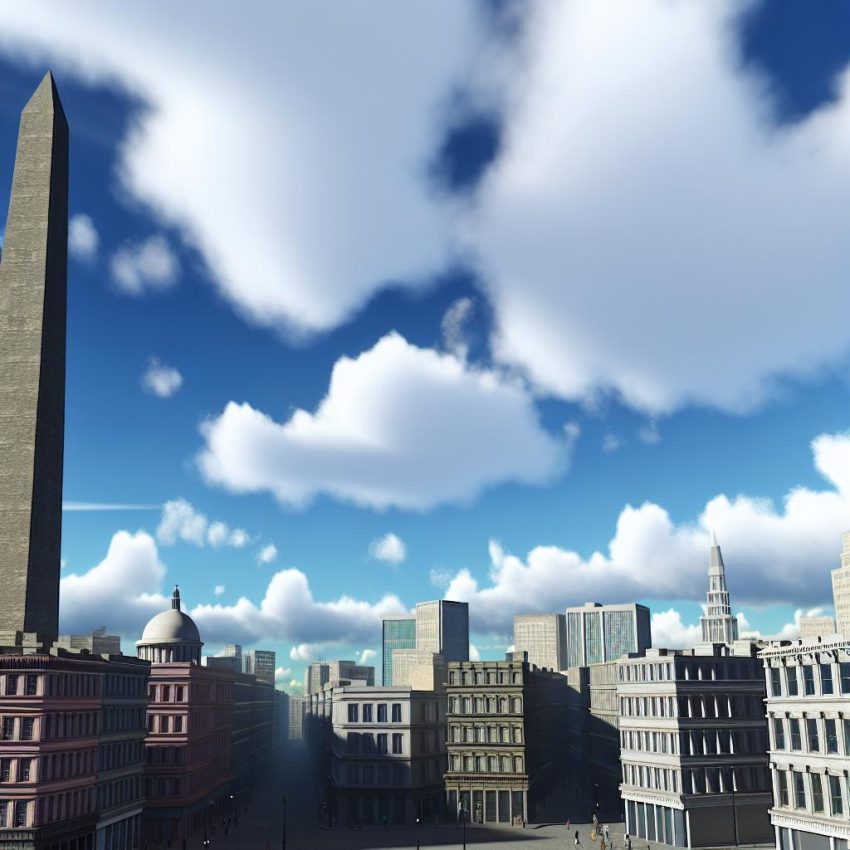Introduction to the Obelisco
The Obelisco is one of the most iconic landmarks located in Buenos Aires, Argentina. Erected in 1936, it stands at the junction of two major avenues, Avenida 9 de Julio and Avenida Corrientes, in the heart of the city. The monument was constructed to commemorate the fourth centenary of the first foundation of Buenos Aires. The Obelisco is more than just a landmark; it plays a significant role in the cultural and historical identity of the city.
Historical Significance
The Obelisco was designed by Argentine architect Alberto Prebisch, a leading figure in modern architecture in Argentina. The purpose of its construction was to mark the site where the Argentine flag was flown for the first time in the city. Measuring 67.5 meters in height, the Obelisco quickly became a symbol of Buenos Aires and a gathering spot for various cultural and political events.
Architectural Features
This monolithic structure is made of concrete and has a relatively simple design that consists of a single, tapering tower with a pointed apex. The minimalist style of the Obelisco is typical of modernist architecture, emphasizing function over form. The base of the monument features inscriptions commemorating significant historical events related to Buenos Aires.
Cultural Importance
Over the years, the Obelisco has also become a central focal point for celebrations and protests. It serves as a meeting point for citizens during significant events such as political rallies, sports victories, and national holidays. This aspect of its role as a social hub adds to its prominence as a cultural symbol.
Visiting the Obelisco
For tourists and locals alike, the Obelisco is easily accessible due to its central location in the city. Many visitors take the opportunity to walk along Avenida 9 de Julio, one of the widest avenues in the world, and capture photographs of this towering monument. Additionally, there are nearby attractions, such as the Teatro Colón and various museums, that are worth exploring for a more comprehensive experience of Buenos Aires.
For those interested in learning more about the Obelisco, the city of Buenos Aires provides resources and information that can be accessed through their official website (Buenos Aires Tourism).
Understanding the Obelisco as a Landmark
Landmarks such as the Obelisco are ingrained in the narrative of their locations. The significance of the Obelisco goes far beyond its physical presence or architectural beauty. It tells a story of the city’s history that is intertwined with the urban fabric of Buenos Aires. The monument stands as a testament to the cultural and social evolution of Argentina’s capital.
A Symbol of Unity and Identity
At any given moment, whether it’s a vibrant sports celebration or a solemn political protest, the Obelisco serves as a backdrop for a city united in spirit. It might appear as just an urban fixture to an outsider, but to the residents of Buenos Aires, it embodies a shared identity and collective memory. How symbols like these emerge and solidify over time is a testament to the communal spirit that they encapsulate.
The Role of Public Spaces in Urban Settings
Urban landmarks serve as crucial components of public spaces. The Obelisco provides a central point for orientation and a sense of place within the sprawling expanse of Buenos Aires. These landmarks shape the activities and interactions of those around them and contribute to the overall ethos of the location. The concept of “placemaking” is vital as it transforms these areas from mere geographical points into vibrant social nuclei that influence the local culture.
Architectural Influence on Modern Urban Design
The Obelisco’s modernist architectural design influences contemporary urban planning and construction in Buenos Aires and beyond. Emphasizing simplicity, functionality, and public utility, this style has paved the way for sustainable urban design practices. The convergence of historical significance and modern-day functionality in structures like the Obelisco sets a benchmark for integrating culture within city planning.
Tours and Educational Resources
Travelers with an interest in history or architecture will find ample resources to enrich their visit to the Obelisco. Guided tours offer insights into little-known facts and stories about its creation and significance. For those keen on self-directed exploration, various mobile applications and websites provide comprehensive guides and maps to navigate this bustling area effectively.
Experiencing Buenos Aires beyond the Obelisco
While the Obelisco is indeed a remarkable highlight, Buenos Aires offers a myriad of other cultural experiences and attractions worth exploring. Understanding the city in its entirety requires immersion into its various neighborhoods, each offering its unique charm and historical insights.
Exploring the Rich Tapestry of the City
Buenos Aires is often characterized by its vibrant street life, eclectic architecture, and cultural richness. The city’s landscape features a blend of colonial history and modern innovation. Visitors can find inspiration walking through historic neighborhoods such as San Telmo, which showcases cobblestone streets and antique shops. Each district offers a different slice of Buenos Aires’ history and contemporary life.
Gastronomic Adventures
The culinary scene in Buenos Aires is robust and diverse, offering everything from traditional Argentine steakhouses to innovative fusion restaurants. Sampling local delicacies such as *asado*, *empanadas*, and the famed tango shows that often accompany meals, provides a deeper understanding of Argentine culture and hospitality.
Arts and Literature
Buenos Aires has nurtured many prominent artists, writers, and musicians, making it a haven for culture enthusiasts. Iconic theatres and museums preserve the artistic heritage of the city, while numerous bookshops celebrate its enduring literary tradition. The influence of figures such as Jorge Luis Borges is palpable, making the city an exciting destination for those interested in arts and literature.
A City with a Complex, Evolving Narrative
In sum, the Obelisco serves as an introductory marker to a city that is as complex as it is captivating. Buenos Aires is constantly evolving, with its historical roots providing a foundation for modern culture to thrive. Linking the past with the present, the Obelisco stands tall not just as a monument, but as a witness to the unfolding narrative of a vibrant city.

